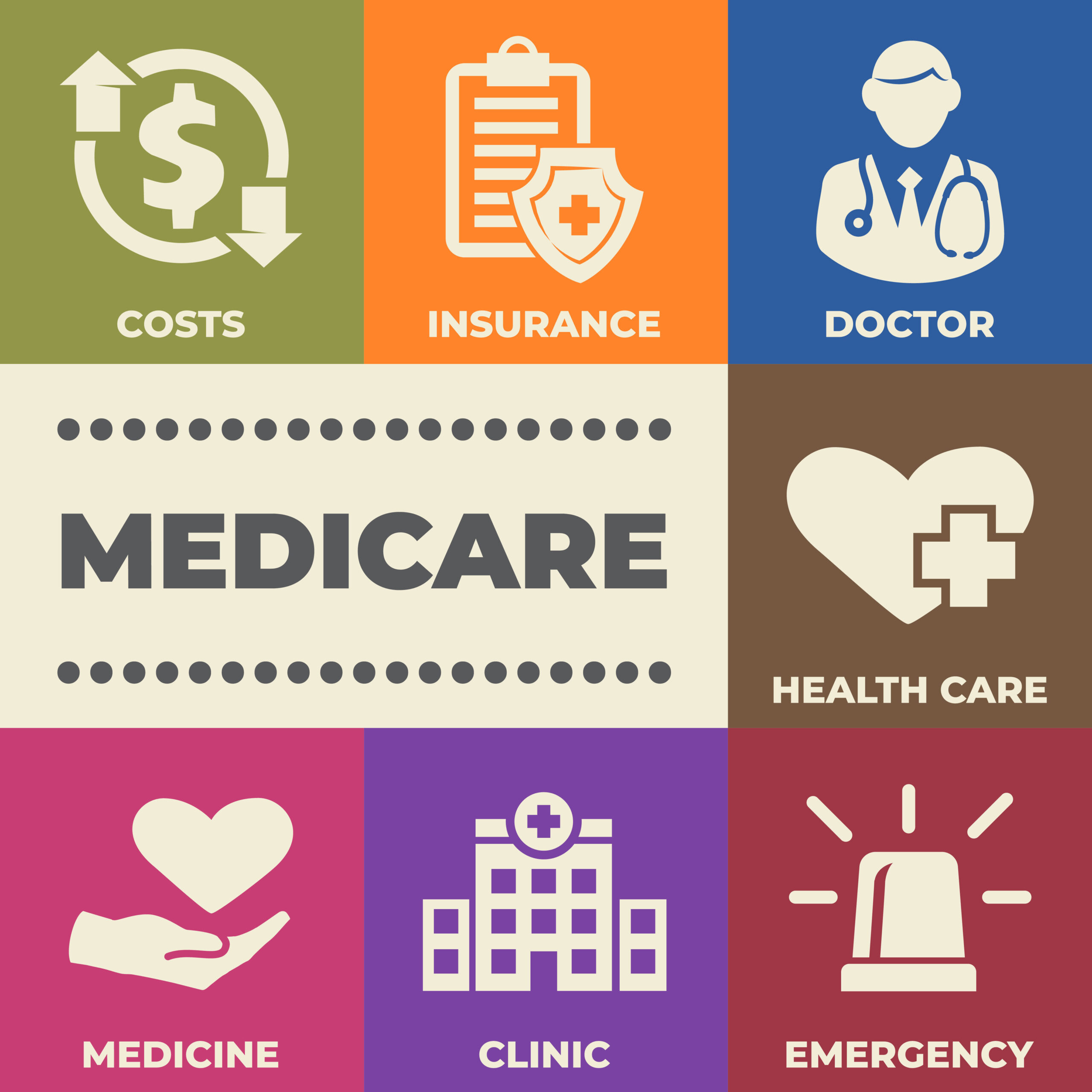

In the rapidly evolving healthcare landscape, ensuring high-quality care is a fundamental goal for organizations serving Medicare beneficiaries. Clinical measures and quality improvement initiatives play a vital role in achieving this objective. By leveraging data, analytics, and evidence-based strategies, healthcare providers and policymakers can drive meaningful changes that improve patient outcomes and optimize resource utilization.
Clinical measures are standardized metrics used to evaluate the quality of care provided to patients. These measures encompass a broad spectrum of healthcare activities, ranging from preventive care and chronic disease management to patient safety and satisfaction. The Centers for Medicare & Medicaid Services (CMS) has been instrumental in defining and promoting clinical measures to ensure consistent and reliable evaluations of healthcare performance.
Some of the key categories of clinical measures include:
Quality improvement (QI) is a systematic approach to enhancing the effectiveness, efficiency, and safety of healthcare services. It involves identifying gaps in care, implementing targeted interventions, and continuously monitoring progress to achieve measurable improvements.
Key principles of QI include:
The integration of advanced data and analytics tools has revolutionized quality improvement efforts in Medicare. These technologies enable stakeholders to:
While significant progress has been made, challenges persist in aligning clinical measures and quality improvement efforts. These include:
However, these challenges also present opportunities for innovation. By adopting cloud-based platforms, fostering public-private partnerships, and investing in workforce development, stakeholders can overcome barriers and accelerate progress.
Clinical measures and quality improvement are cornerstones of delivering value-based care to Medicare beneficiaries. By harnessing the power of data and analytics, healthcare organizations can not only meet regulatory requirements but also drive transformative changes that enhance patient outcomes and system efficiency. As the healthcare landscape continues to evolve, sustained collaboration and innovation will be essential to achieving these goals and ensuring a healthier future for all.